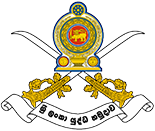The old lighthouse of Kankesanthurai (KKS), a monumental gesture that traces its history to the times of our colonial masters, received a facelift in consultation with the Jaffna’s Department of Archaeology before it was reopened by Mr. Gotabaya Rajapaksa, Secretary to the Ministry of Defence and Urban Development on Tuesday (14) during his two-day visit to Jaffna on the sidelines of a series of other historic openings elsewhere by HE the President.
The entire renovation programme, carried out by 5 Engineer Service Regiment troops of the Army on the directions of Major General Udaya Perera, Commander, Security Force Headquarters - Jaffna (SFHQ-J).
Mr Lalith Weeratunga, President’s Secretary graced the opening as a distinguished invitee. The opening of a plaque by Mr Rajapaksa marked the renovation and restoration of the project. The lighthouse tower of KKS remained unattended and defunct for some time, despite its historical value, following escalation of LTTE violence before 2009.
This historical tower, a landmark feature to KKS which remained a tourist attraction sometime ago, became an eyesore due to its dilapidated nature.
The importance of a lighthouse as a navigational aid for seafaring vessels, sailing in close proximity to shorelines, speaks of a history and its origins are dated back to the 3rd century B.C. during which time the Greeks practised to use fire on an elevated platform as an entrance marker to sea ports.
It was taken up as a model by others who engaged in maritime activities around the globe and evolved it to be a method of indicating the presence of land and sign of danger to passing vessels.
The KKS Lighthouse is one such construction erected in 1892 during the British rule. This Lighthouse with a height of 22 meters (72.6 feet) consists of an open gallery on the top which is capped with a copper-mixed metal to protect the lantern. This stands a remnant of the history of maritime activities, British architecture and engineering efforts that have existed in the Northern peninsula.
Existence of two more similar structures at Karainagar and Point Pedro justifies that strong naval force had been maintained in the peninsula during those periods since there laid a prominent naval route in the northern seas.
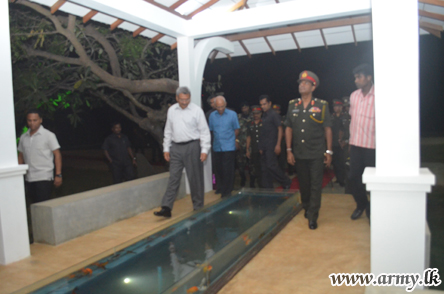 |
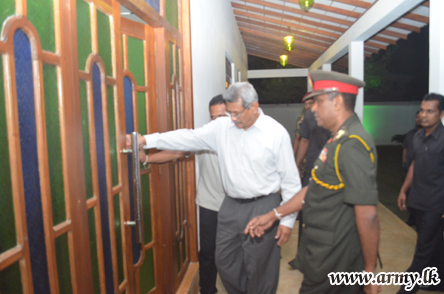 |
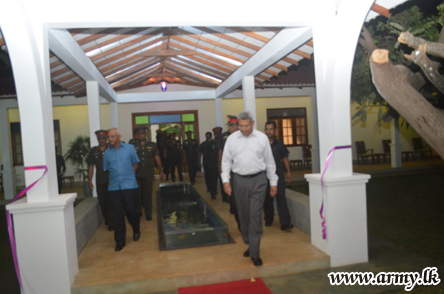 |
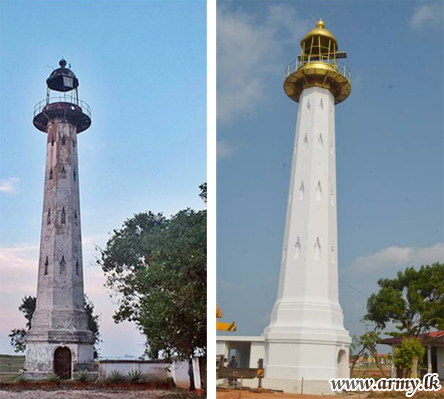 |
